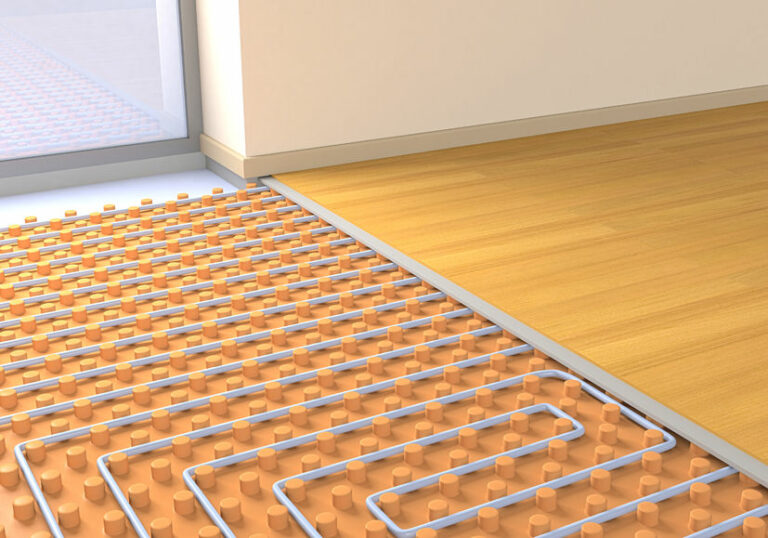As winter approaches, homeowners and building owners must contend with the challenges posed by snow and ice accumulation on roofs. One effective solution to prevent roof icing and ice dam formation is the use of metal roof heat tape. This article provides a comprehensive guide to understanding and using metal roof heat tape for effective roof deicing.
What is Metal Roof Heat Tape?
Metal roof heat tape, also known as heat cables or roof de-icing cables, is a self-regulating electrical heating system designed to be installed on roofs and gutters. These cables contain a heating element that warms up when electricity flows through them, helping to melt snow and ice accumulation.
The key feature of metal roof heat tape is its self-regulating nature. As the temperature drops, the resistance in the heating element increases, causing it to draw more power and generate more heat. Conversely, as the temperature rises, the resistance decreases, and the heat output is reduced. This self-regulating function helps prevent overheating and ensures efficient, targeted heating where it’s needed most.
Benefits of Using Metal Roof Heat Tape
Employing metal roof heat tape offers several advantages for managing winter weather conditions:
- Ice Dam Prevention: By keeping the roof surface and gutters warm, heat tape helps prevent the formation of ice dams, which can cause water backup, leaks, and potential structural damage.
- Improved Roof Drainage: Melting snow and ice ensures proper drainage from the roof, reducing the risk of water intrusion and potential water damage to the building.
- Enhanced Safety: Removing snow and ice buildup from the roof and gutters helps prevent dangerous icicle formation and reduces the risk of roof collapse due to excessive weight.
- Extended Roof Lifespan: Minimizing the freeze-thaw cycle and the accumulation of ice and snow can help prolong the lifespan of the roof by reducing wear and tear.
- Energy Efficiency: Targeted heating from the heat tape is generally more energy-efficient than relying on whole-building heating systems to melt roof snow and ice.
Installation Considerations
Proper installation of metal roof heat tape is crucial for its effective and safe operation. Some key factors to consider include:
- Roof Type: The heat tape must be compatible with the roofing material, whether it’s asphalt shingles, metal, or another type of roofing.
- Cable Placement: The heat cables should be installed in strategic locations, such as along the roof edges, valleys, and gutters, where ice dams are most likely to form.
- Power Supply: The heat tape system requires a dedicated electrical circuit with sufficient capacity to power the heating cables.
- Thermostat Integration: Integrating the heat tape with a thermostat or control system can help optimize energy usage and ensure the system only operates when needed.
- Maintenance: Regular inspections and maintenance, such as clearing debris from the heat tape and ensuring proper electrical connections, are crucial for the long-term reliability of the system.
By understanding the benefits and installation considerations of metal roof heat tape, building owners can effectively mitigate the risks and challenges posed by winter weather, ensuring the safety and longevity of their roofs.





